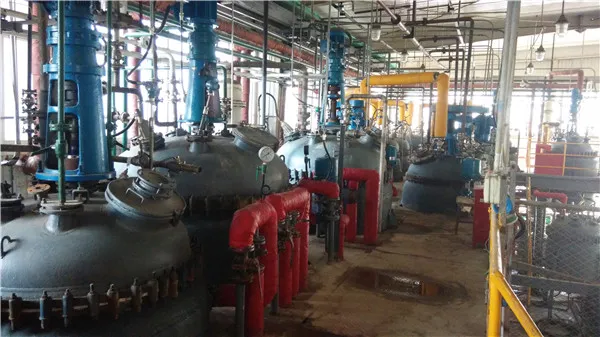The Role of Sodium Cumenesulfonate in Chemical Applications
Sodium cumenesulfonate is a versatile chemical compound that finds extensive application across various industries, primarily due to its effective surfactant properties. Structurally, it belongs to the family of alkylarylsulfonates and is derived from cumene, which is a precursor to many important organic compounds. The significance of sodium cumenesulfonate is underscored by its utility in both industrial and laboratory settings.
Chemical Properties
Sodium cumenesulfonate is characterized by its excellent solubility in water, which is a critical factor for its effectiveness as a surfactant. This property allows it to modify the surface tension of water, making it useful in a variety of applications from detergents to industrial processes. With a molecular formula of C10H13NaO3S, it exhibits both hydrophilic and hydrophobic features, enabling it to interact effectively with both polar and non-polar substances. This amphiphilic nature is what makes sodium cumenesulfonate a valuable additive in formulations.
Applications
One of the primary applications of sodium cumenesulfonate is as a surfactant in the formulation of cleaning products. It enhances the wetting and emulsification ability of various formulations, thereby improving the overall cleaning efficiency. In personal care products, such as shampoos and body washes, it contributes to the stability and effectiveness of the formulation, allowing for better foam production and dirt removal.
In the agricultural sector, sodium cumenesulfonate is recognized for its use as a dispersing agent in pesticide formulations. Its ability to reduce surface tension assists in the even distribution of active ingredients on plant surfaces, ensuring better coverage and absorption. This results in improved efficacy of pesticides and herbicides, leading to better crop protection without excessive application.
sodium cumenesulphonate

Moreover, sodium cumenesulfonate plays a critical role in the oil and gas industry. It is used as an additive in drilling fluids to improve the performance of the fluid system. Its surfactant properties enhance the stability and viscosity of the drilling fluid, allowing for more efficient drilling operations. Additionally, it helps in controlling fluid loss and improving lubricity, which are essential factors in drilling performance.
In laboratory settings, sodium cumenesulfonate is often employed as a component in biochemical assays and experiments. It serves as a stabilizer in protein purification processes, helping maintain protein solubility during chromatographic separations. Its gentle nature ensures that it does not adversely affect the biological activity of proteins, making it an ideal choice for researchers working with sensitive biomolecules.
Environmental Considerations
As industries increasingly focus on sustainability, the environmental impact of chemicals has come under scrutiny. Fortunately, sodium cumenesulfonate is considered to have a low environmental toxicity profile. This aspect is particularly important for formulations intended for agricultural use, where minimizing ecological harm is a priority. However, like any chemical, proper handling and disposal practices should be followed to mitigate any potential risks associated with its use.
Conclusion
In summary, sodium cumenesulfonate is a powerful and multifunctional compound with a wide range of applications across various industries. Its surfactant properties facilitate numerous processes, from cleaning to agricultural applications and laboratory research. As the demand for more effective and environmentally friendly products continues to grow, sodium cumenesulfonate is poised to remain a key player in the formulation of sustainable solutions. Its ability to enhance performance while maintaining safety standards makes it a valuable asset in both industrial and research contexts.

